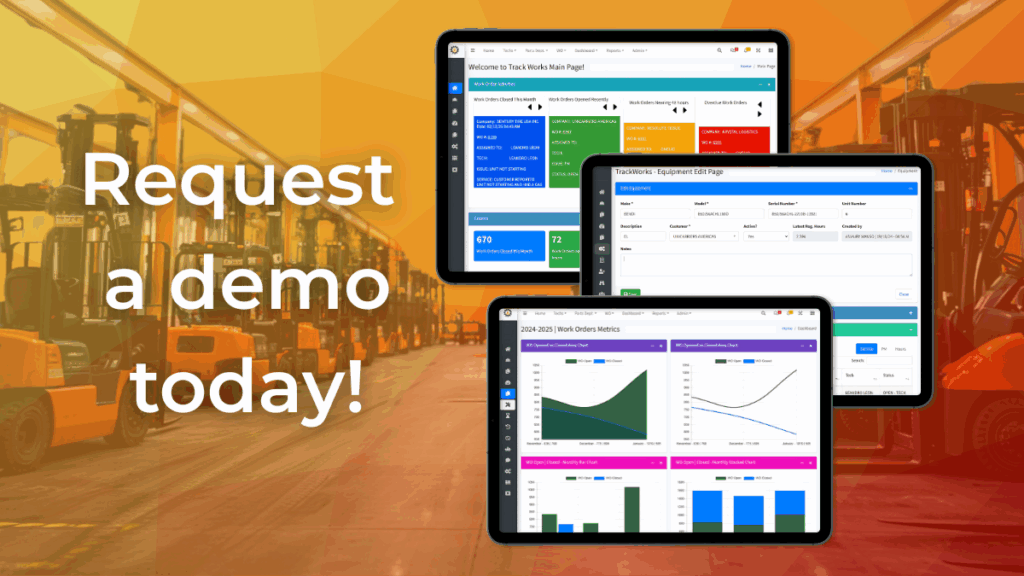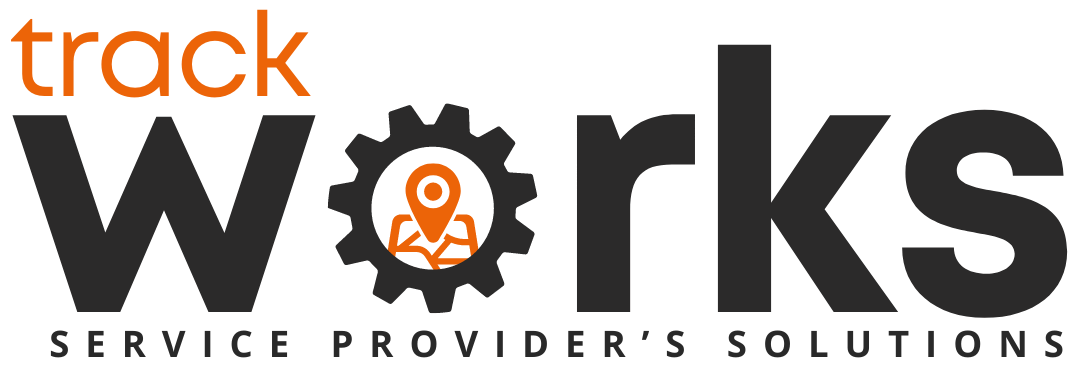Beyond the Hidden ROI: Building a Data-Driven Business Case for Field Service Management
Introduction
Most service businesses already know that field service management (FSM) software saves time and makes operations smoother. But when it comes to justifying the investment, “it’ll make us more efficient” isn’t always enough. Decision-makers, whether they’re partners, executives, or financial controllers, want proof.
That’s where ROI (return on investment) comes in. A well-prepared ROI case doesn’t just show that FSM software is useful—it shows exactly how and when it pays for itself. In this post, we’ll break down how to calculate ROI, what numbers to track, and how to use the data to get buy-in from leadership and your team.
1. Understanding ROI in Field Service
ROI is simply the balance between what you invest and what you get back. For FSM software, this means:
Costs include:
- Software subscription or license
- Implementation and training
- Ongoing support and updates
Benefits include:
- Reduced travel time and fuel costs
- More jobs completed per technician, per day
- Fewer callbacks and repeat visits
- Higher technician utilization (less idle time)
- Faster billing and improved cash flow
- Better customer satisfaction and loyalty
The key to making the case is quantifying these benefits in a way that’s concrete and credible.
2. The Metrics That Matter
When evaluating ROI, focus on metrics that are easy to measure and directly tied to business performance.
- Technician Utilization: What percentage of the day is spent on billable work? Average is 65%; FSM tools can push this closer to 80%.
- Travel Time: Can account for 20–30% of a workday. Route optimization often cuts this by 10–15%.
- First-Time Fix Rate (FTFR): The percentage of jobs completed on the first visit. Industry average is ~78%. Improving by 5% saves thousands annually.
- Overtime Hours: High overtime usually signals poor scheduling. FSM tools reduce this.
- Jobs Per Day Per Technician: Even an additional half-job per tech per day can mean hundreds of extra jobs annually.
By tracking these, you move the ROI conversation from “gut feeling” to “data-driven.”
3. A Sample ROI Model
Consider a 20-technician HVAC company. Each technician makes $30/hour and averages 2 hours of travel per day.
Improvements with FSM software:
- Travel time reduced by 15% → ~18 minutes saved per tech per day
- Utilization improves from 65% to 75%
- FTFR improves from 78% to 83%
Annual Impact:
- Labor savings from reduced travel time: ~1,500 hours = $45,000
- Extra capacity (from utilization gains): ~2,000 additional jobs per year × $200/job = $400,000
- Fewer callbacks: 500 avoided trips × $100 = $50,000
Total Value: ~$495,000 per year
If the FSM software costs ~$120,000 annually, the system pays for itself in under 4 months.
4. Building the Business Case Internally
When presenting ROI internally:
- Start with baseline data (where your business is today).
- Model conservative improvements (10–15% is realistic).
- Highlight the payback period (decision-makers want to know how fast it covers its cost).
- Include intangibles like customer loyalty, improved employee morale, and reduced risk.
This approach makes the argument less about “gut feelings” and more about hard numbers.
5. Common Mistakes to Avoid
- Overpromising results. Stick to modest, data-backed improvements.
- Ignoring adoption costs. Training and rollout take time—factor it in.
- Not tracking post-launch. ROI only matters if you measure it.
- Leaving out technicians. Their buy-in determines whether the software actually works.
6. How Track Works Strengthens the Case
Track Works doesn’t just streamline scheduling—it gives you the data needed to prove ROI:
- GPS tracking and time logging for accurate travel and labor data
- Smart scheduling and dispatch tools to maximize technician utilization
- Mobile app for real-time updates, signatures, and job documentation
- Performance dashboards tracking utilization, FTFR, travel time, and more
That means you’re not just hoping for ROI—you’re measuring and achieving it.
Conclusion
Field service software isn’t just an operational upgrade; it’s a business investment. By modeling ROI with real metrics and conservative improvements, you can prove exactly how the software pays for itself—often in just a few months.
With Track Works, you get both the operational benefits and the reporting power to back them up, giving you the confidence to win internal buy-in and keep proving value year after year.




No responses yet